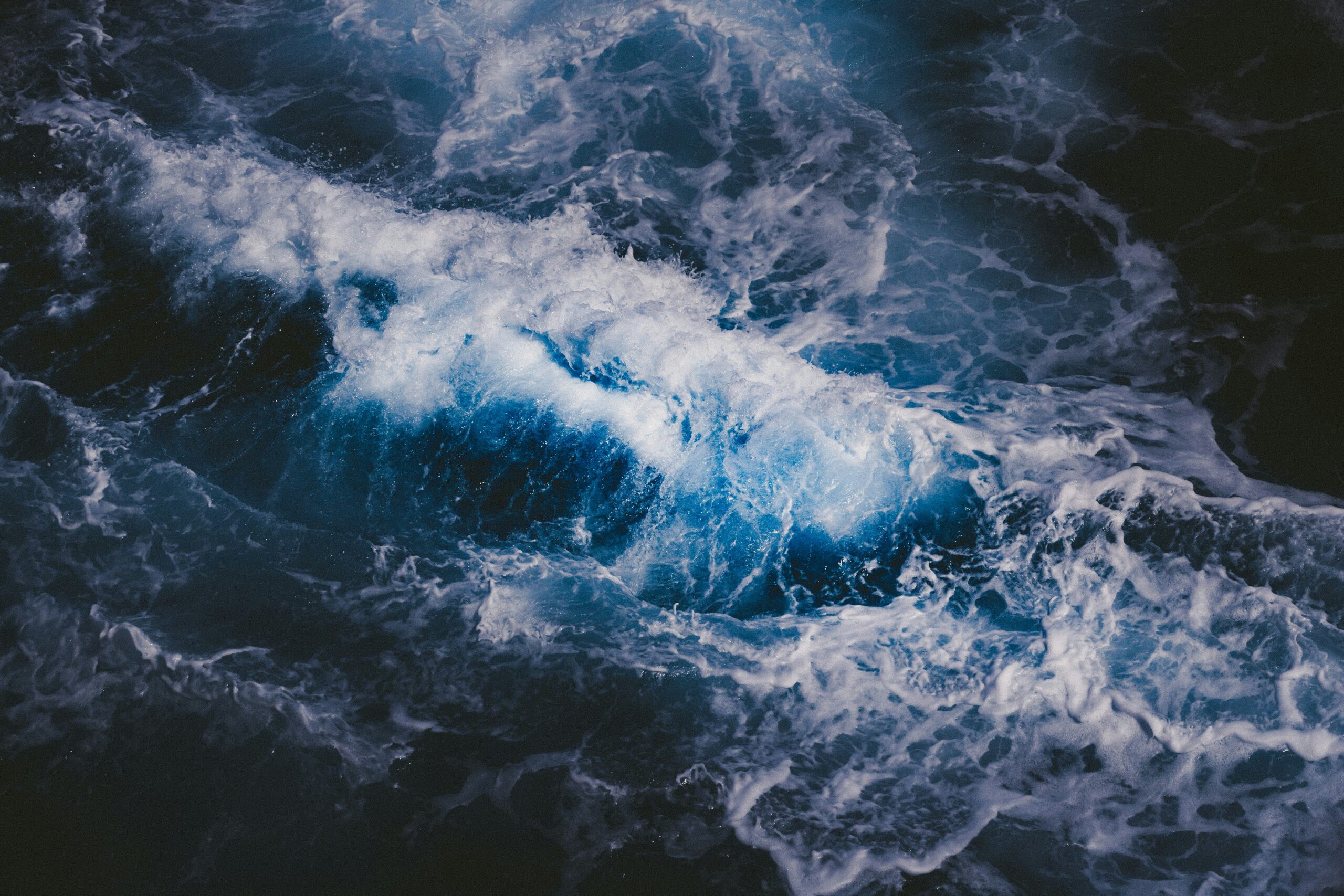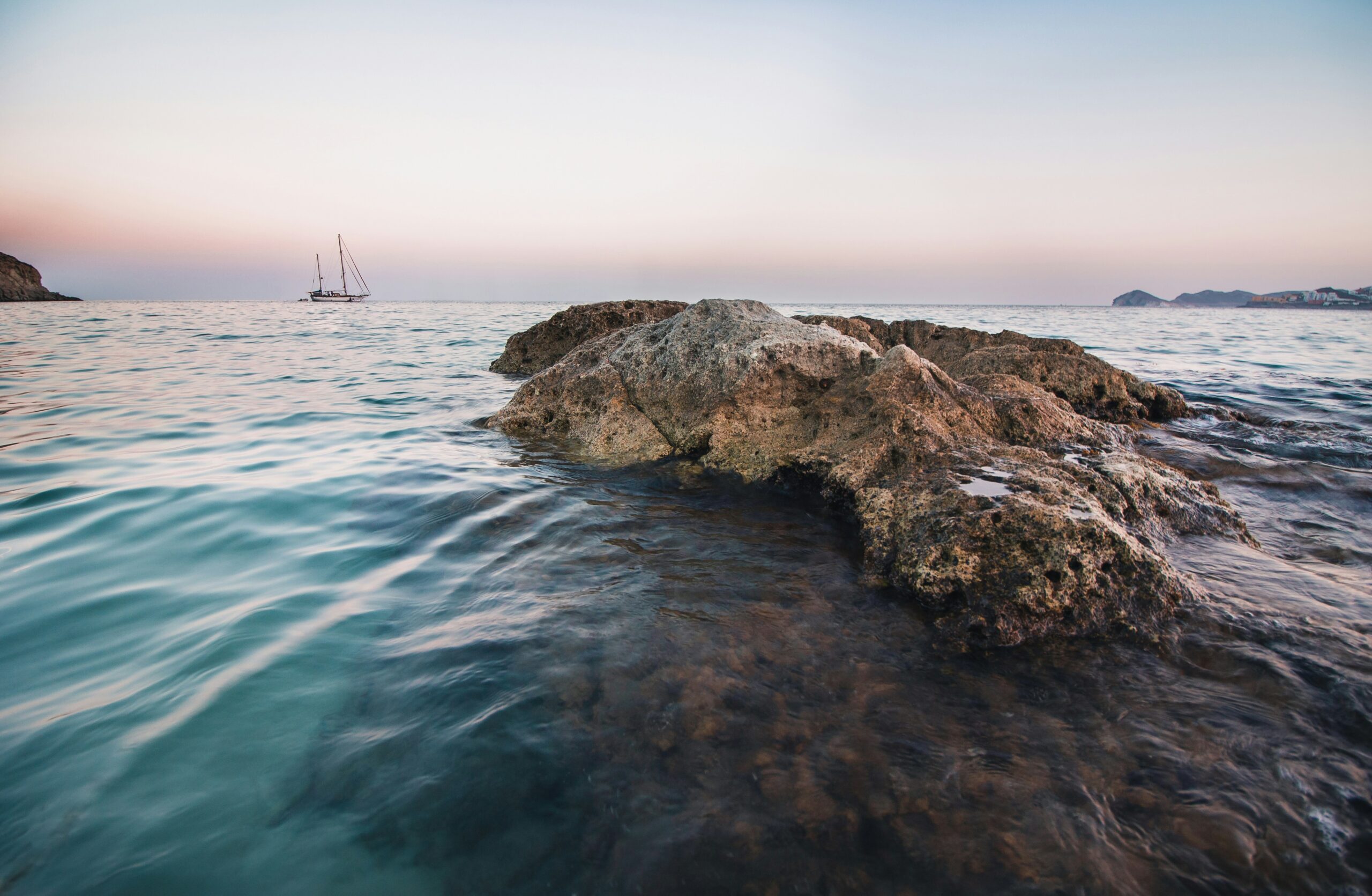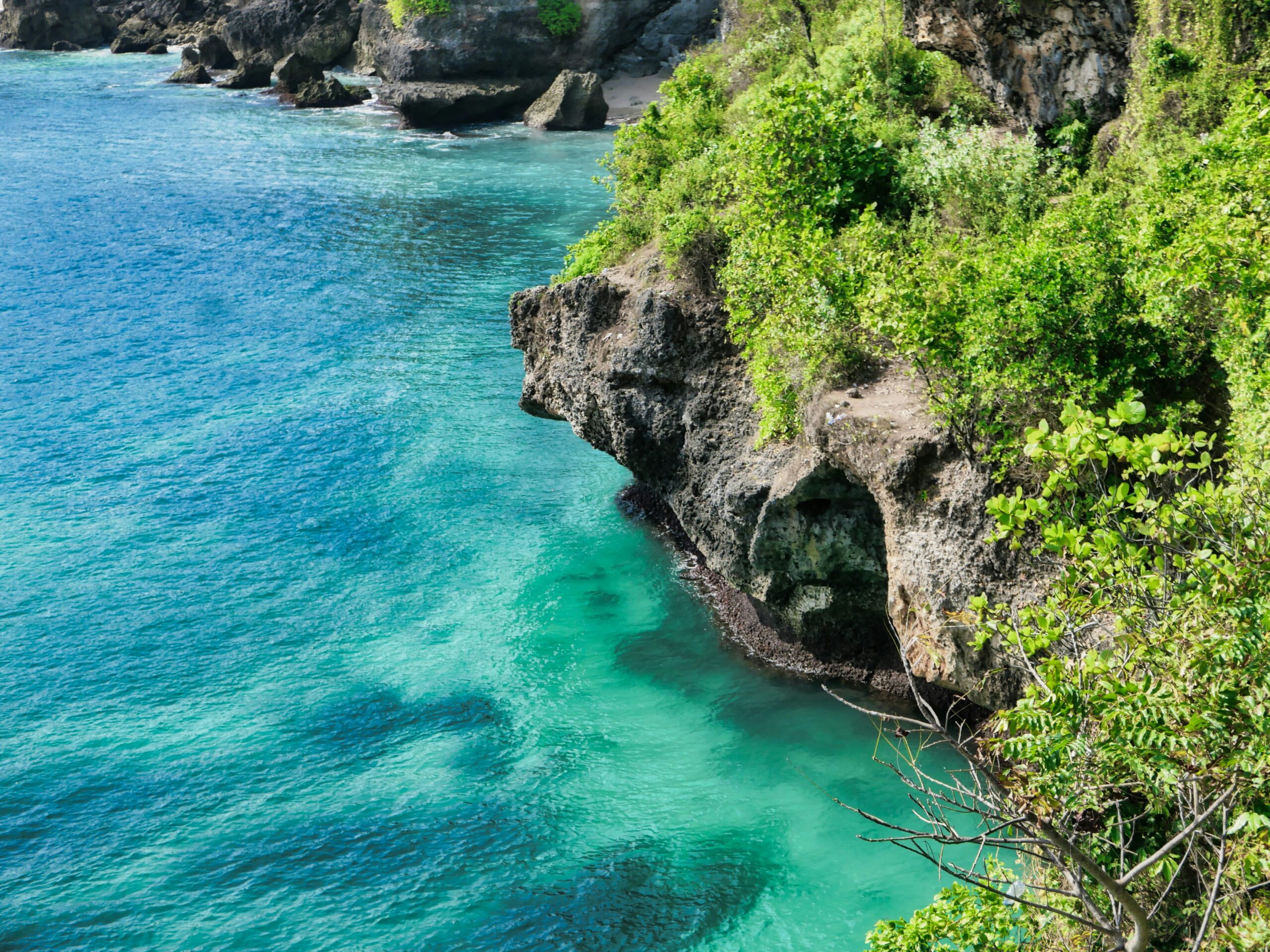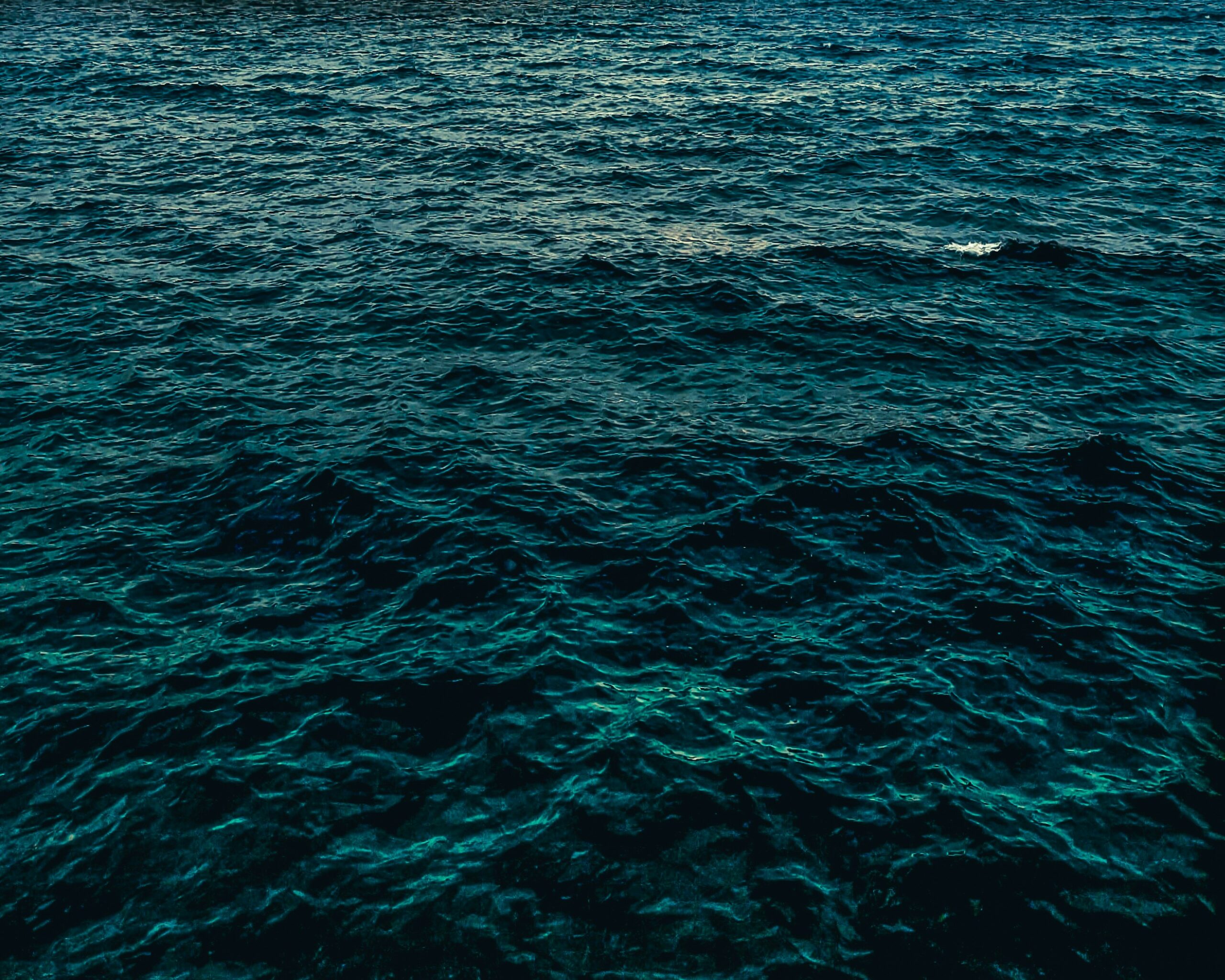Introduction
Ocean waves have a mysterious allure, drawing the attention of scientists, surfers, and casual beachgoers alike. These ever-changing forces of nature can be both beautiful and destructive, making it essential to understand their origins and effects. By exploring how ocean waves are formed and their subsequent impact, we gain a deeper appreciation of the dynamic nature of our oceans and their influence on the world.
The Fascination with Ocean Waves
The sight and sound of ocean waves can evoke a sense of calm and wonder, but waves are more than just a source of beauty and inspiration. They are powerful forces that shape coastlines, influence weather patterns, and affect marine life. Understanding the formation and impact of ocean waves helps us navigate the challenges they present, especially in the face of climate change and rising sea levels.
Importance of Understanding Wave Formation
Understanding how ocean waves are formed is crucial for a variety of reasons, from predicting natural disasters like tsunamis to designing coastal infrastructure that can withstand wave forces. Waves play a significant role in coastal erosion, sediment transport, and even in the distribution of nutrients in the ocean. For industries such as shipping, fishing, and tourism, knowing how waves behave can mean the difference between success and disaster.
How Ocean Waves Are Formed
The formation of ocean waves is a complex process influenced by various factors, including wind, gravitational forces, and even seismic activity.
Wind-Generated Waves
The most common type of ocean waves is generated by wind. When the wind blows across the surface of the ocean, it creates friction between the air and the water. This friction causes ripples, which can grow into larger waves as the wind continues to blow. The stronger the wind and the longer it blows over the water, the bigger the waves become. These wind-generated waves are known as surface waves and are the ones most people encounter at the beach.
The Role of Fetch
Fetch refers to the distance over which the wind blows across the water. The longer the fetch, the more energy is transferred to the water, resulting in larger waves. For example, in open ocean areas where the fetch can extend for hundreds of miles, waves can grow significantly larger than those near the coast where the fetch is limited.
Gravity and Tides
Gravity also plays a crucial role in wave formation, particularly in the creation of tidal waves. The gravitational pull of the moon and the sun on the Earth’s oceans causes the water to bulge, leading to high and low tides. As the tides move in and out, they create waves known as tidal waves. While these are not as dramatic as wind-generated waves, they still have a significant impact on coastal areas.
Seismic Activity and Tsunamis
Seismic activity, such as underwater earthquakes, volcanic eruptions, or landslides, can generate tsunamis—massive, powerful waves that can travel across entire ocean basins. Unlike regular ocean waves, which are driven by wind, tsunamis are caused by the sudden displacement of a large volume of water. These waves can reach incredible heights as they approach the shore, leading to devastating effects on coastal communities.
Factors Affecting Wave Height and Speed
Several factors influence the height and speed of ocean waves, including wind speed, the duration of the wind, and the depth of the water. In deeper waters, waves tend to travel faster and with greater energy, while in shallow waters, they slow down and can grow taller as they approach the shore. The shape of the coastline and underwater topography also play a role in wave behavior, causing waves to bend, refract, or break as they near land.

Types of Ocean Waves
Ocean waves come in various forms, each with its own characteristics and formation process.
Capillary Waves
Capillary waves are the smallest type of waves, often just a few centimeters high. They are created by light winds and have short wavelengths. These waves are typically seen as ripples on the water’s surface and are quickly dissipated by gravity or opposing winds.
Gravity Waves
Gravity waves are the most common type of ocean wave and include everything from small ripples to massive swells. These waves are driven primarily by gravity, which acts to restore the water surface to its normal level after being disturbed by the wind. Gravity waves can travel long distances across the ocean, carrying energy with them until they encounter land or another obstacle.
Tsunamis
Tsunamis are a special type of wave caused by underwater seismic activity. They have long wavelengths and can travel at speeds of up to 500 miles per hour in deep water. As tsunamis approach the shore, they slow down and increase in height, leading to potentially catastrophic impacts on coastal areas.
Tidal Waves
Tidal waves, also known as tidal bores, are caused by the gravitational pull of the moon and the sun. These waves occur during the rise and fall of tides and are most noticeable in narrow bays or rivers. While not as destructive as tsunamis, tidal waves can still cause significant changes in water levels and currents.
The Impact of Ocean Waves
Ocean waves have a profound impact on both the environment and human activities. Their effects can be both beneficial and detrimental, depending on the circumstances.
Erosion and Coastal Changes
One of the most significant impacts of ocean waves is coastal erosion. Waves constantly batter shorelines, gradually wearing away rocks, sand, and soil. Over time, this erosion can lead to the loss of beaches, the collapse of cliffs, and the destruction of coastal habitats. On the other hand, waves also contribute to the formation of new landforms, such as sandbars and barrier islands, through the deposition of sediment.
Marine Life and Ecosystems
Waves play a crucial role in the distribution of nutrients and oxygen in the ocean, which are essential for marine life. The mixing of surface water caused by waves helps to bring nutrients from the deep ocean to the surface, supporting the growth of phytoplankton and other marine organisms. Additionally, waves help to maintain healthy ecosystems by dispersing pollutants and providing habitats for various species.
Human Activities and Coastal Communities
For coastal communities, waves are both a resource and a hazard. Waves are essential for activities such as surfing, fishing, and shipping, but they also pose risks in the form of coastal erosion, flooding, and storm surges. Understanding wave patterns and behavior is crucial for designing resilient coastal infrastructure, protecting property, and ensuring the safety of residents.
Energy Production
Ocean waves are a potential source of renewable energy, known as wave energy or ocean energy. Wave energy converters are devices designed to capture the energy of ocean waves and convert it into electricity. This technology has the potential to provide a significant portion of the world’s energy needs, especially in coastal regions with strong and consistent wave activity.

Conclusion
Ocean waves are a dynamic and powerful force that shapes our planet in countless ways. From their formation to their impact on the environment and human activities, waves play a vital role in the Earth’s natural processes. By studying and understanding ocean waves, we can better prepare for the challenges they present and harness their potential for the benefit of all.
FAQs
What causes the largest ocean waves?
The largest ocean waves are typically caused by strong winds blowing over long distances (fetch) or by seismic activity, such as earthquakes, which generate tsunamis.
How do ocean waves affect marine life?
Ocean waves help distribute nutrients and oxygen throughout the ocean, which is essential for the survival of marine life. They also create habitats and influence the behavior of various marine species.
Can ocean waves be used to generate electricity?
Yes, ocean waves can be harnessed to generate electricity through wave energy converters. This renewable energy source has the potential to provide a significant portion of global energy needs.
What is the difference between a tsunami and a regular ocean wave?
A tsunami is a type of wave caused by seismic activity, such as underwater earthquakes, while regular ocean waves are primarily driven by wind. Tsunamis have much longer wavelengths and can be far more destructive.
How do scientists study and predict ocean waves?
Scientists use a combination of satellite data, buoys, and computer models to study and predict ocean waves. These tools help in understanding wave behavior, forecasting wave conditions, and mitigating the risks associated with waves.




